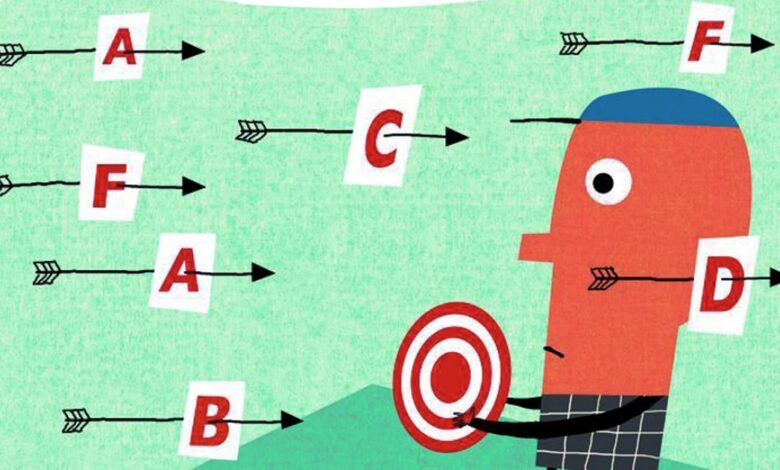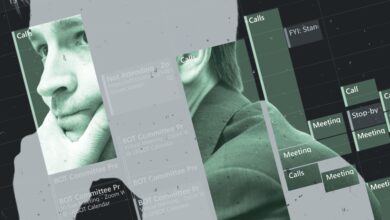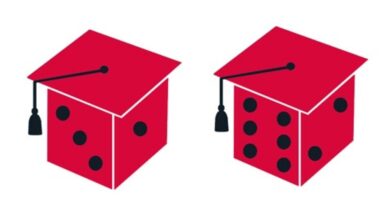What Does It Mean When Students Can’t Pass Your Course?

Students these days aren’t serious, can’t study, and expect to be spoon-fed. Financially motivated administrators at overpriced colleges fancy themselves in the customer-service business, letting the students — and parents — who pay the bills call the shots. The bulk of instructors, who labor off of the tenure track, are expendable: With their employment conditional on keeping both the undergraduates and the administrators happy, they’re unable to resist their demands.
Or perhaps professors don’t necessarily like students, or know how to teach them. Some instructors are just jerks, protected by a status quo that has long mistaken punishing students for teaching them something.
However you define the problem, it was intensified by the experience of teaching and learning through the pandemic, and in particular this past spring semester, which many professors have described as the most difficult they’ve faced, because of students’ disengagement and their own exhaustion.
For the many STEM instructors who’ve read and discussed the Times article, it is not entirely clear what happened in the NYU course. So while experts took interest in the case, they were not in a position to judge the teaching of Maitland Jones Jr., the professor. (The article mentions that the course had two sections, one designed around problem-solving and the other lecture-based, and that Jones and his colleagues had taped lectures during the pandemic.)
But the question posed in the Times’s headline, which asks who is responsible when students fail, is a central one. Undergraduate STEM education is in the midst of a reform movement. Change is happening, in part, because colleges are enrolling more-diverse students, who arrive with different needs and expectations. There’s also a large and growing literature on effective teaching in STEM — and it’s not the traditional lecture-and-high-stakes-exam model.
High rates of failure in STEM courses are nothing new. “Historically, when you look at grading, when you look at the way people are supposed to move through college, the system is set up in a way that some people pass and some people don’t,” says Paulette Vincent-Ruz, an assistant professor in chemistry-education research at New Mexico State University.
You have to have the humility to say, ‘I could be part of the problem.’
Every year, some fraction of the students in introductory chem, biology, math, and so on, fail, Vincent-Ruz says — despite having been recently selected for admission. “And we don’t think we are the problem?” she says. “Or that we have some sort of responsibility in this situation? That is the thing that drives me nuts.”
Students struggle in introductory courses in many disciplines, but failure rates tend to be particularly high in STEM. Those introductory courses “have had the highest D-F-W rates on most campuses for several decades at least — in fact, most of them persist back into the ‘30s and ‘40s,” says Timothy McKay, associate dean for undergraduate education at the University of Michigan at Ann Arbor’s arts and sciences college. “To me, this is a sign that they’re unsuccessful courses.”
One piece of evidence in support of that view: The students failing introductory STEM are taking other courses across the university in which they are successful, says McKay, who is also a physics professor. “You shouldn’t allow science faculty to claim that there’s no rigor in those other courses,” he says. “That’s just a claim; it’s totally false in most cases.”
The lecture-based teaching approach used in many large STEM courses is a problem, too. “Decades of research have shown that active-learning approaches in these classes lead to substantial increases in student learning,” McKay says. “Plain as day. And yet many instructors continue to teach in demonstrably less effective ways, and when students are not successful in their classes, they claim they can’t be successful.”
Further complicating matters, when professors do shift to the active-learning approaches supported by evidence, their students sometimes resist — and believe they aren’t learning as much.
It might be appealing to ascribe blame to one party when students fail a course. But it really doesn’t make sense, says Bryan Dewsbury, an associate professor of biology at Florida International University whose research focuses on STEM education. He’s been trying to get professors — and administrators — to think of courses as multifaceted experiences. That framing, he says, “opens you up to look for different factors” when students don’t succeed. “Including yourself: You have to have the humility to say, ‘I could be part of the problem.’”
Dewsbury’s view appears to be the norm among scientists who study and specialize in STEM education. These researchers generally agree that most students ought to be able to pass a course, certainly if it’s an introductory one.
Ideally, in that view, every student who puts in the work will pass. Yet even instructors who hold this ideal run into situations where students fail. Often, these are cases where a student has significant responsibilities outside of class, or is experiencing a crisis. But the limitations are structural as well as personal, notes Renée Link, a professor of teaching in the chemistry department at the University of California at Irvine. Link coordinates a lab program and teaches more than 1,000 students. Perhaps those who don’t pass could, if there were more of her to go around.
“There’s one other constraint that I think gets glossed over,” she says, “and that is time.” Not the time students must put into studying, but the varied number of weeks it takes different people to learn the same content. Some students might not master the material within an academic term. But that doesn’t mean they never could.
Among the broader pool of STEM instructors, not everyone thinks that seeing some portion of the class fail is a problem. Some, indeed, take it as an indication that they’ve set standards sufficiently high.
“It still blows my mind that people think that they have to have some percentage of people not pass,” says Viji Sathy, an associate dean for evaluation and assessment at the University of North Carolina at Chapel Hill, where she is also a professor of the practice in psychology and neuroscience. On Twitter, Sathy recently imagined surgeons boasting that not every operation succeeded, or chefs saying that only a fraction of patrons enjoyed the food, or mechanics announcing that they fixed only some of the cars.
Science professors, in contrast, do sometimes view part of their role as identifying the strongest students. There are a few problems with that. Well-prepared students, some of whom have essentially covered introductory college content in high school, tend to perform best. Access to that kind of preparation hinges on class, and, relatedly, on race, says Elaine Seymour, director emerita of ethnography and evaluation research at the University of Colorado at Boulder. So the system sorts out students who’ve had less access to opportunity. Also sorted out, Seymour says, are students for whom getting good grades is integral to their identity, for whom a lower grade is a new experience and a threat to their sense of self. Those students, she says, are often women.
And courses are often set up with majors in mind, Seymour says, which can end up curtailing the prospects of students who needed chemistry not to be chemists but to be dentists, occupational therapists, or nurses. “We’re losing good people for no good reason,” she says.
And that’s not the only damage being done. Seymour’s research has found that ineffective STEM instruction is also detrimental to the students who do pass. Sure, they made it through — but they didn’t learn as much as they might have.






